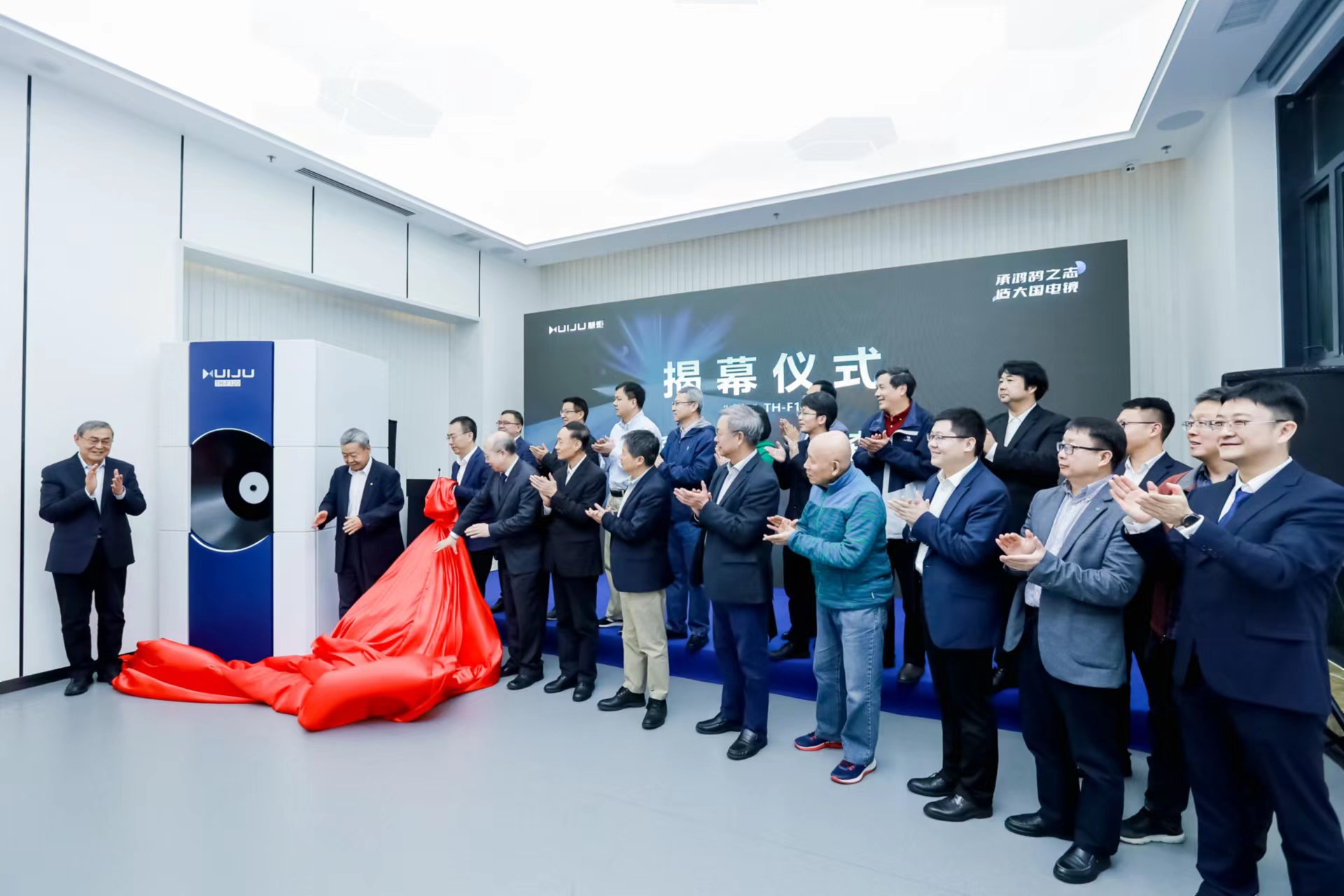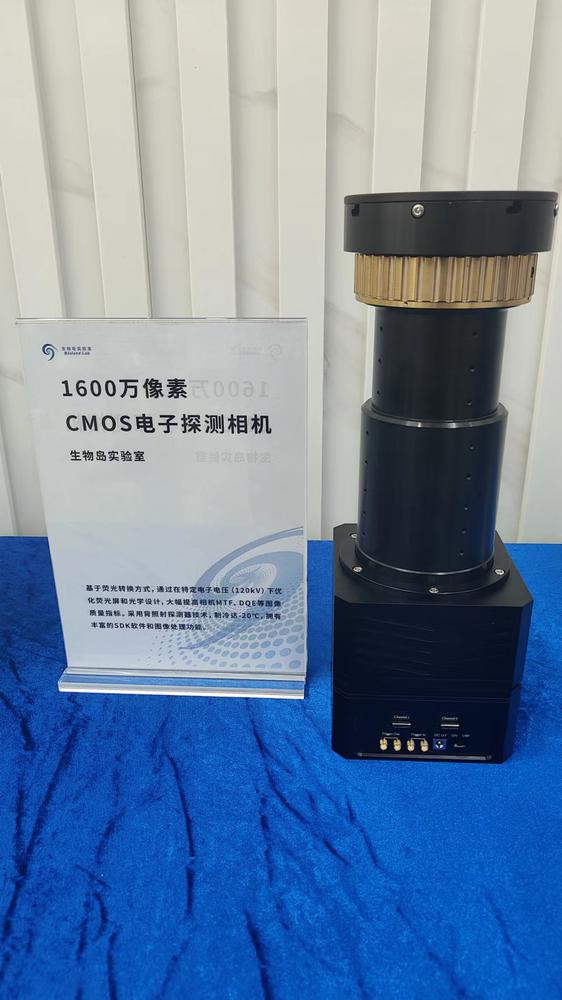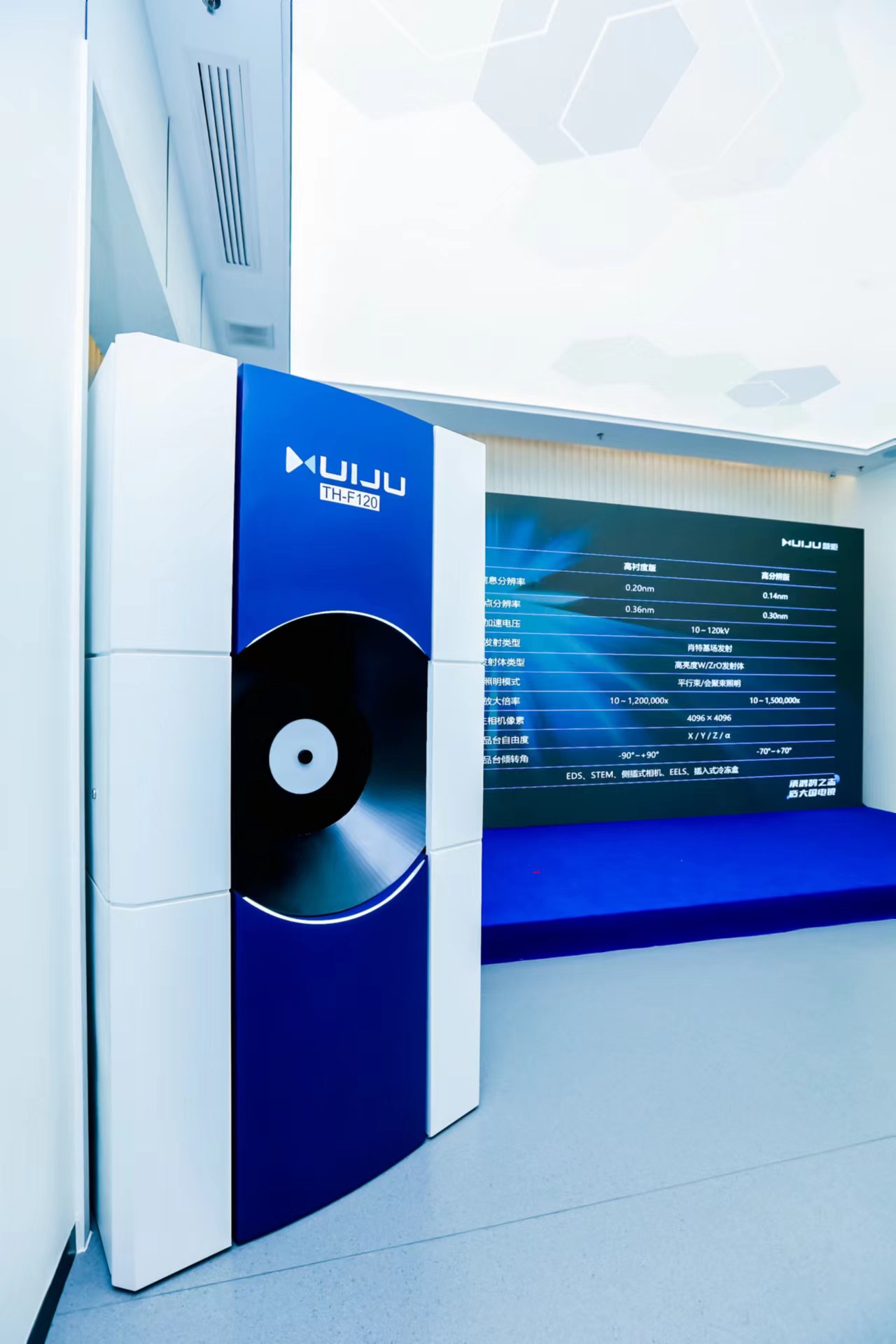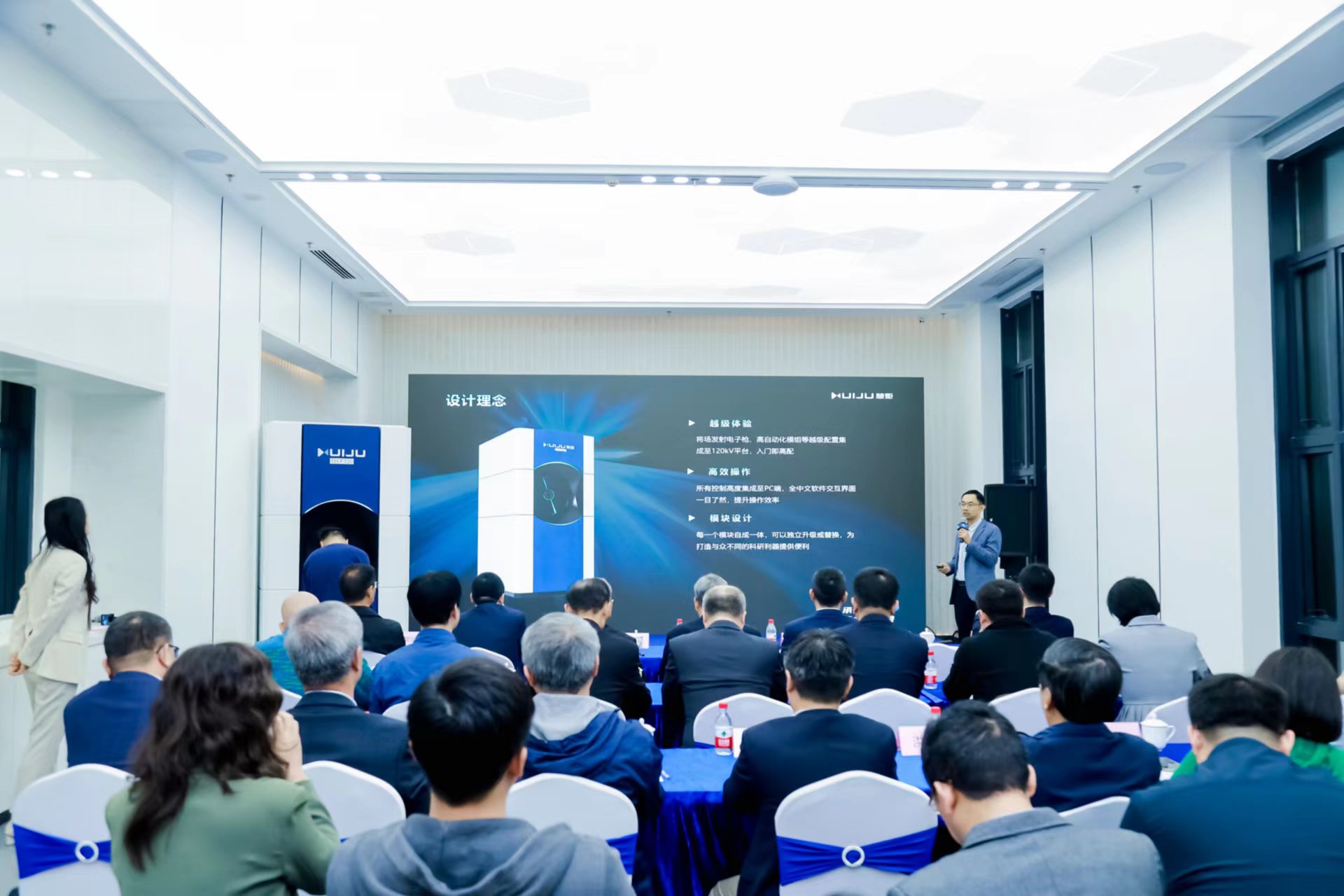
On January 20th, led by the Bioland Laboratory, China's first self-developed commercial field emission transmission electron microscope, TH-F120, with independent intellectual property rights, was officially unveiled in the Huangpu District of Guangzhou. This signifies that China has mastered the core technologies of electron guns used in transmission electron microscopes and can put complete transmission electron microscopes into mass production.

A transmission electron microscope is a microscope that enables the visualization of fine structures that are beyond the resolution of optical microscopes by using an electron beam as its light source. It is a crucial device in fields such as life science research, new material development, and semiconductor inspection.
However, transmission electron microscopes require a high level of industry monopoly and technical barriers.
Renowned global brands like Thermo Fisher in the United States take the majority share of the global transmission electron microscope market. Previously, China completely relied on imports for transmission electron microscopes, leaving a blank in the market. In 2022, China imported approximately 300 transmission electron microscopes, with a total import value exceeding 3 billion yuan.
In light of this, Academician Sui Senfang of the Chinese Academy of Sciences deeply understands the situation. He has pointed out that China's inability to develop hardware equipment independently has led to significant constraints in innovation within this domain.
In response to this situation, in 2016, Academician Xu Tao and Researcher Sun Fei from the Bioland Laboratory, in collaboration with the Institute of Biophysics of the Chinese Academy of Sciences, initiated research on transmission electron microscopes. In 2020, they established a team with a complete system for the development of transmission electron microscopes within the Bioland Laboratory.
Key components of transmission electron microscopes, such as the 120 keV field emission electron gun, 120 keV low-ripple high-voltage power supply, 4-megapixel and 16-megapixel prism-coupling CMOS electron detectors, and the hybrid pixel array detector with over one million pixels, were successfully developed. To further promote the industrialization of transmission electron microscopes, the Bioland Laboratory and CIQTEK, a leading scientific instrument company in China, jointly established Guangzhou Huiju Technology Co., Ltd., dedicated to the commercial application of transmission electron microscope technology.

The first product launched by Guangzhou Huiju Technology Co., Ltd., named TH-F120, is the debut model of the transmission electron microscope and takes its name from the famous Chinese mountain "Taihang Mountain".
According to Cao Feng, General Manager of Guangzhou Huiju Technology Co., Ltd., the 120 keV field emission transmission electron microscope unveiled this time is a high-end magnification device capable of achieving atomic-level resolution. Its information resolution reaches 0.2 nm, allowing for the observation of the arrangement structure of most crystals. The low-ripple high-voltage power supply with high stability self-developed by the Chinese team, enables automatic voltage control, ensuring stable electron emission from the electron gun. Its standard configuration includes an independently developed high-pixel CMOS camera, which can present rich sample details even under low electron doses.
"But this is just our entry-level product of first generation," revealed Cao Feng. Higher electron voltage in electron microscopes corresponds to higher electron energy and greater penetration capability. Therefore, the team is planning to develop a 200 keV field emission transmission electron microscope.
Source: Yangcheng Evening News
重大突破!首台国产商业场发射透射电镜在广州诞生
1月20日,由生物岛实验室(以下简称实验室)领衔研制,拥有自主知识产权的首台国产商业场发射透射电子显微镜TH-F120在广州市黄埔区正式发布。这标志着我国已掌握透射电镜用的电子枪等核心技术,并具备量产透射电镜整机产品的能力。

透射电镜是一种以电子束为光源的显微镜,可以看到光学显微镜无法看清的细微结构。在生命科学研究、新材料研发、半导体检测等领域都属于一种关键设备。
但是,透射电镜具有极高的行业垄断性与技术门槛。
美国的赛默飞世尔(Thermofisher)等知名世界品牌企业,占据着全球透射电镜市场的主要份额。此前,我国透射电镜100%依赖进口,国产化尚属空白。2022年,我国进口透射电镜约300台,进口总额超30亿元。
对此,中国科学院院士隋森芳深有感触。他表示,长期以来,由于硬件装备不能自主研制,我国在相关领域的创新受到了很大的限制。
在此情况下,由生物岛实验室徐涛院士、孙飞研究员联合中国科学院生物物理所在2016年启动透射电镜有关研究,并于2020年在生物岛实验室组建起一支体系完整的透射电镜研制工程技术团队。
120千伏场发射电子枪、120千伏低纹波高压电源、400万像素和1600万像素棱镜耦合CMOS电子探测相机、100万杂合像素直接电子探测相机等透射电镜核心关键部件相继研制成功。为了进一步推动透射电镜的产业化,生物岛实验室与国内领先的科学仪器公司国仪量子联合成立的广州慧炬科技有限公司,致力于将透射电镜技术商业化应用。
此次广州慧炬科技有限公司推出的首款透射电镜新品TH-F120,取名源自中华名山“太行”。

据广州慧炬科技有限公司总经理曹峰介绍,本次发布的120kv场发射透射电镜是一款可以实现原子级分辨率的高端显微放大设备,其信息分辨率达到了0.2nm,可以看到大多数晶体的排列结构。自主研制的高稳定性低纹波高压电源,实现了高压自动控制,可保证电子枪稳定发射;标配自主研制的高像素CMOS相机,在低电子剂量的工况下仍可呈现丰富的样品细节。
“但这还只是我们的第一代入门产品。”曹峰透露,电镜电压越高意味着电子能量越高,就具有更高的穿透能力,因此团队正计划研制200kv场发射透射电镜。
文丨记者 李钢
图丨主办方提供
翻译丨陈萱
-
Families with children take the lead in the first travel peak of the 2024 winter break
2024-01-22 10:39:09 -
Splendid lantern festival lights up Foshan Ancient Town
2024-01-22 10:39:19 -
Video丨Guangdong Pursue High-Quality Development, Unveiling The New Chapter丨Guangdong Two Sessions
2024-01-21 20:25:35 -
Guangdong releases ten major initiatives to boost cultural and tourism consumption
2024-01-20 21:55:14






